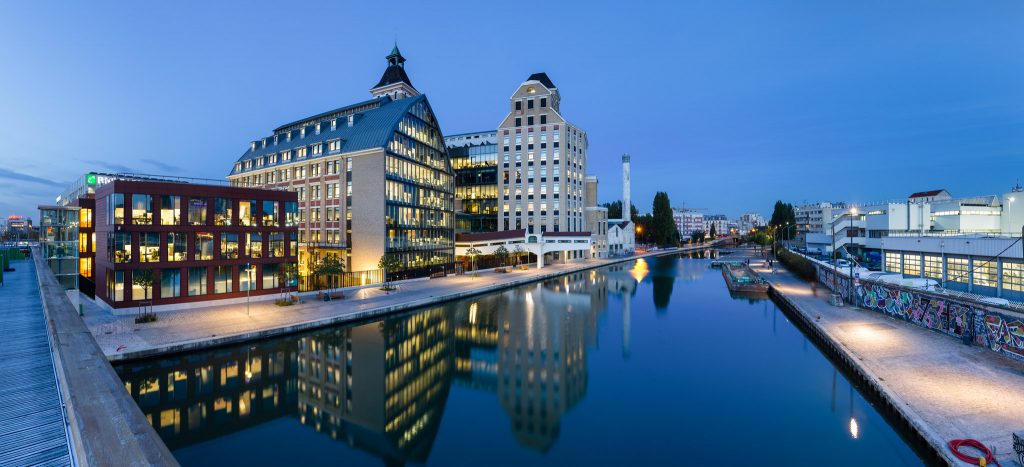
The heating network will be deployed by the local public company (SPL) Unigeo, which was created in February 2022 by the three communes along with Sipperec, the intermunicipal syndicate for energy and communication networks in the outskirts of Paris. The plans for this project were reported in early 2022, but work on the feasibility study and authorizations had been ongoing since 2017.
To date, about EUR 80 million have been invested for the geothermal heating project. The Île-de-France regional council has contributed EUR 8 million in subsidies, with another EUR 15 million coming from the French Environment and Energy Management Agency (ADEME).
Targeting the Dogger aquifer
The geothermal potential in the Île-de-France region is primarily contained in the Dogger aquifer, a layer of limestone that is approximately 2 kilometers deep and hosts geothermal fluids at temperatures between 55 to 85 °C. The first doublet was drilled at Lilas at a 40-degree deviation to a depth of around 1700 meters.
The testing phase has determined the flow rate from the production well to be at up to 100 cubic meters her hour. This will be increased to 320 cubic meters per hour using a pump during the operating phase.
Heat from the geothermal fluids will be transferred to a fresh water network via a heat exchanger consisting of titanium plates. The cooled geothermal fluids will then be returned to the Dogger.
CO2 savings and price stability
The future heating network will serve about 20,000 housing equivalent, including more than 4500 in Lilas. This will include social housing complexes, condominiums, public buildings, and the Marie Curie College. According to Sipperec, the use of geothermal heating will help avoid the production of 28,000 tonnes of CO2 per year.
Inès Gelu, Director of Unigeo, stresses that the use of geothermal will also provide a controlled cost of heating over the duration of the proposed 15-year contract. The heating network will not be 100% powered by geothermal, as a portion of it will require gas. “It is difficult to quantify the saving that will be made due to fluctuations in the price of gas. In 2022, it was around 30%. Currently, it would be more around 10 to 15%.”
“In any case, ADEME has asked us for a minimum of 5% below gas prices,” clarified Gelu.